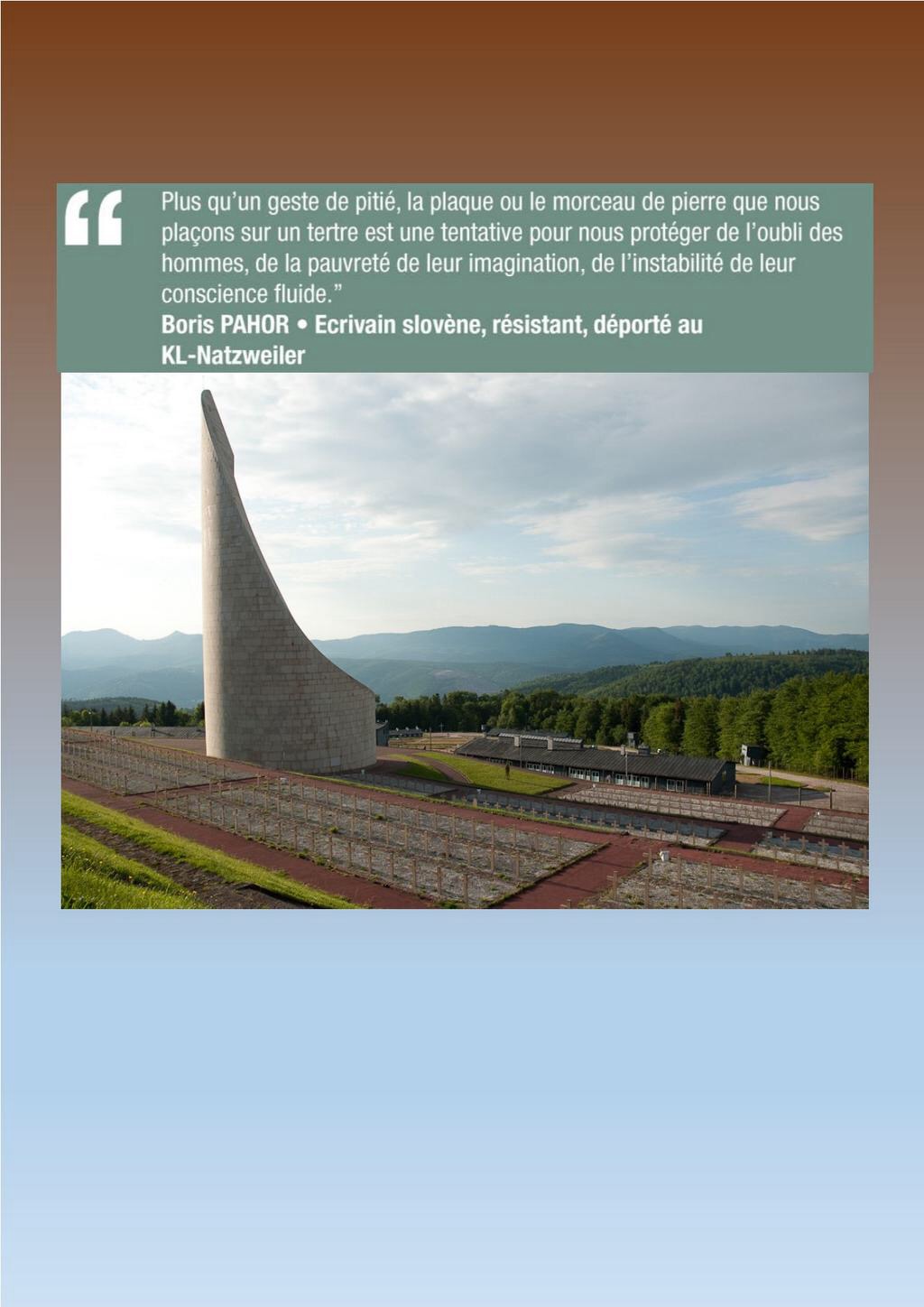A Visit to Etobon and Struthof
September 27, 2014, I was honored to speak at the 70th commemoration of the massacre at Etobon, France. The sun shone on over 200 people gathered to remember those who were murdered by German troops at the end of World War II. The mayor, my colleague Pastor Samuel Kpoty and I were joined by students from the Etobon-Chenebier primary school and community members in honoring those who died for France.
September 29, I visited the only World War II concentration camp in France, at Struthof in Alsace. It is a sobering place that housed over 52,000 prisoners during its time. Many of the prisoners were resistance leaders from countries in Western Europe and high-level officers in the Free French Army. Most died there. Some survived and shared their testimony of their days in the death camp. Their drawings and writings are a powerful witness to systematic evil. It’s important never to forget the history of this little-known camp. Even though reliving this part of France’s history is painful, continuing to share the story means the thousands who died at Struthof did not sacrifice in vain. Translation of this history makes this story accessible to people around the world.
The monument overlooking the Struthof concentration camp
 Katherine Douglass | Comments Off |
Katherine Douglass | Comments Off |  Etobon,
Etobon,  France,
France,  Struthof,
Struthof,  World War II,
World War II,  translation
translation 
